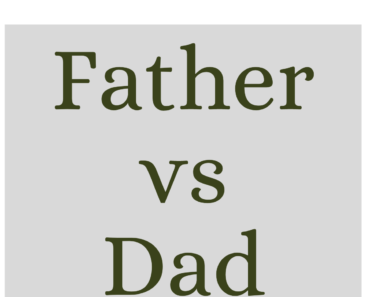In and within are both prepositions used to describe location or time, but they differ in the nuance of their meanings. The word in is generally used to indicate that something is located inside a physical area or space, or occurs during a particular timeframe.
On the other hand, within suggests something more specific or constrained within boundaries, often used to imply a limit in time or space. While in can be more general, within is used when the constraints or limits are important to the context.
Definition and Usage of “In”
Definition: “In” is a preposition used to indicate inclusion within a physical space, a group, or to denote a period during which something happens.
Usage and Examples:
- Location: Indicates being inside or part of a larger place or entity.
- She was waiting in the room.
- They live in New York.
- Time: Specifies when something occurs, usually a broader timeframe.
- I will finish this task in an hour.
- He was born in 1990.
- State or Condition: Describes being in a particular state or condition.
- She is in love.
- They are in trouble.
- Membership: Used to indicate inclusion within a group or organization.
- He is in a band.
- She works in the government.
Definition and Usage of “Within”
Definition: “Within” is a preposition used to express that something is inside or enclosed by boundaries, whether these are physical, temporal, or abstract.
Usage and Examples:
- Physical Space: Indicates something is inside the confines of a physical area.
- Please stay within the marked boundaries.
- The treasure is hidden within the walls of the castle.
- Time: Refers to a period of time by which something must happen or be completed, emphasizing a limit.
- The project must be completed within two weeks.
- You should hear back from us within five business days.
- Limit or Range: Describes an action or a state that exists within certain limits.
- Keep your voice within a reasonable volume.
- The temperatures will remain within normal ranges for this season.
Understanding the subtle differences between “in” and “within” can greatly enhance the clarity and precision of language usage, especially in formal writing or detailed instructions.







